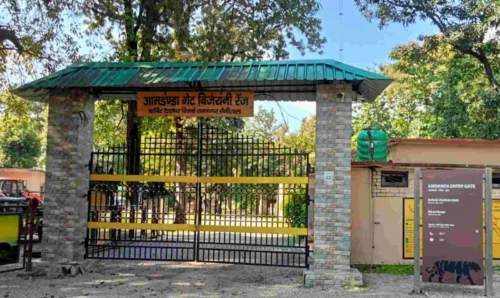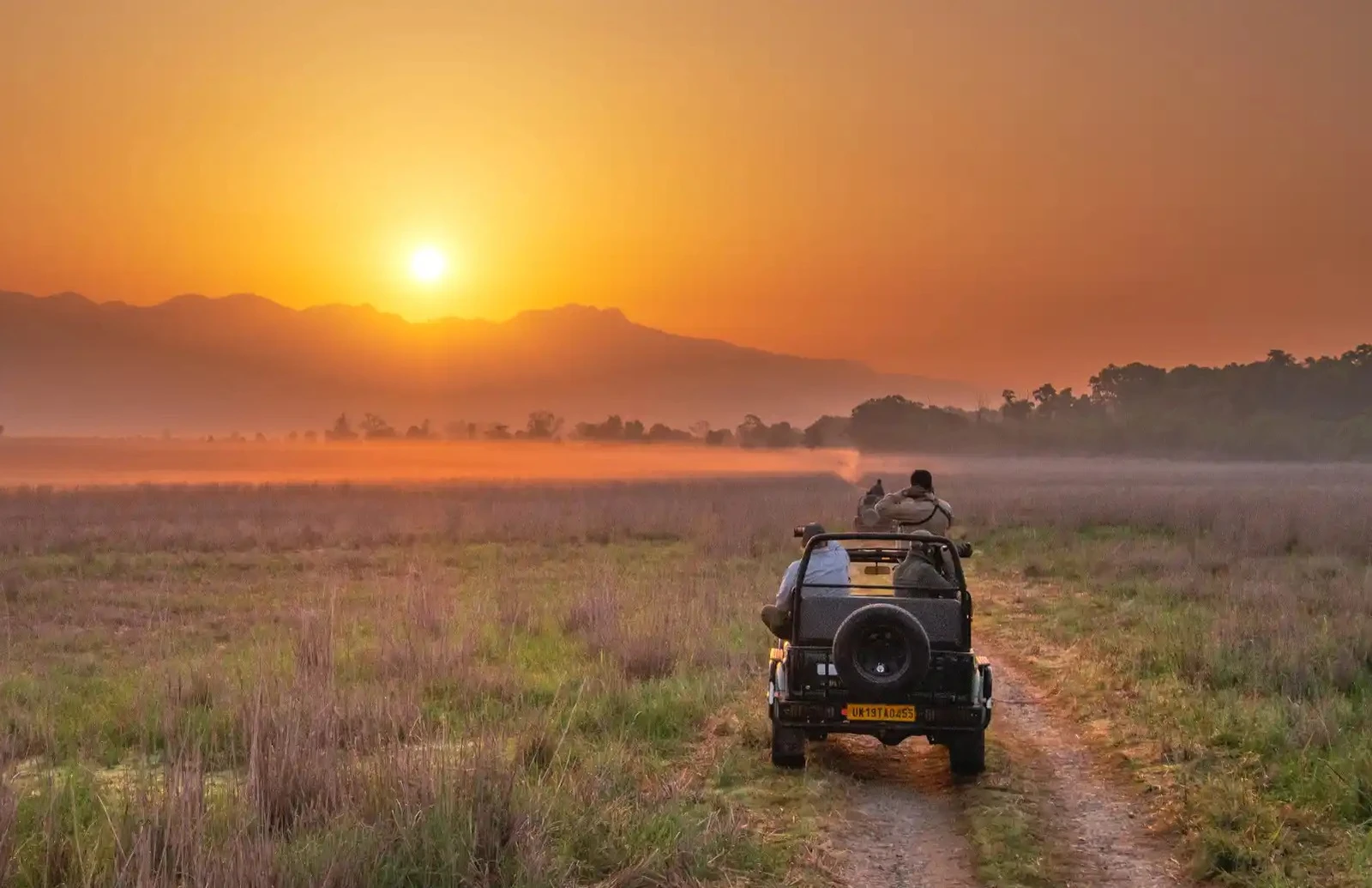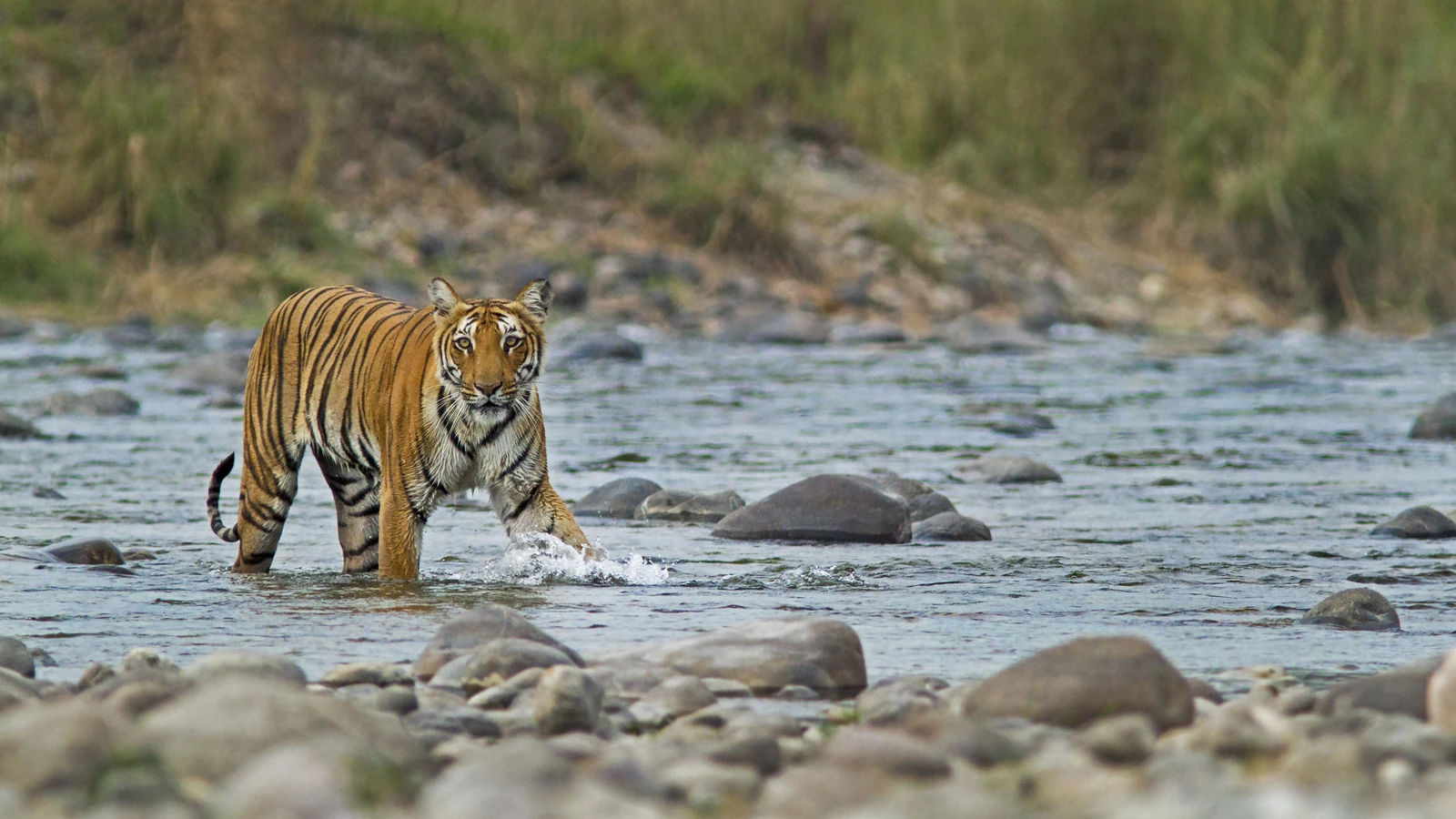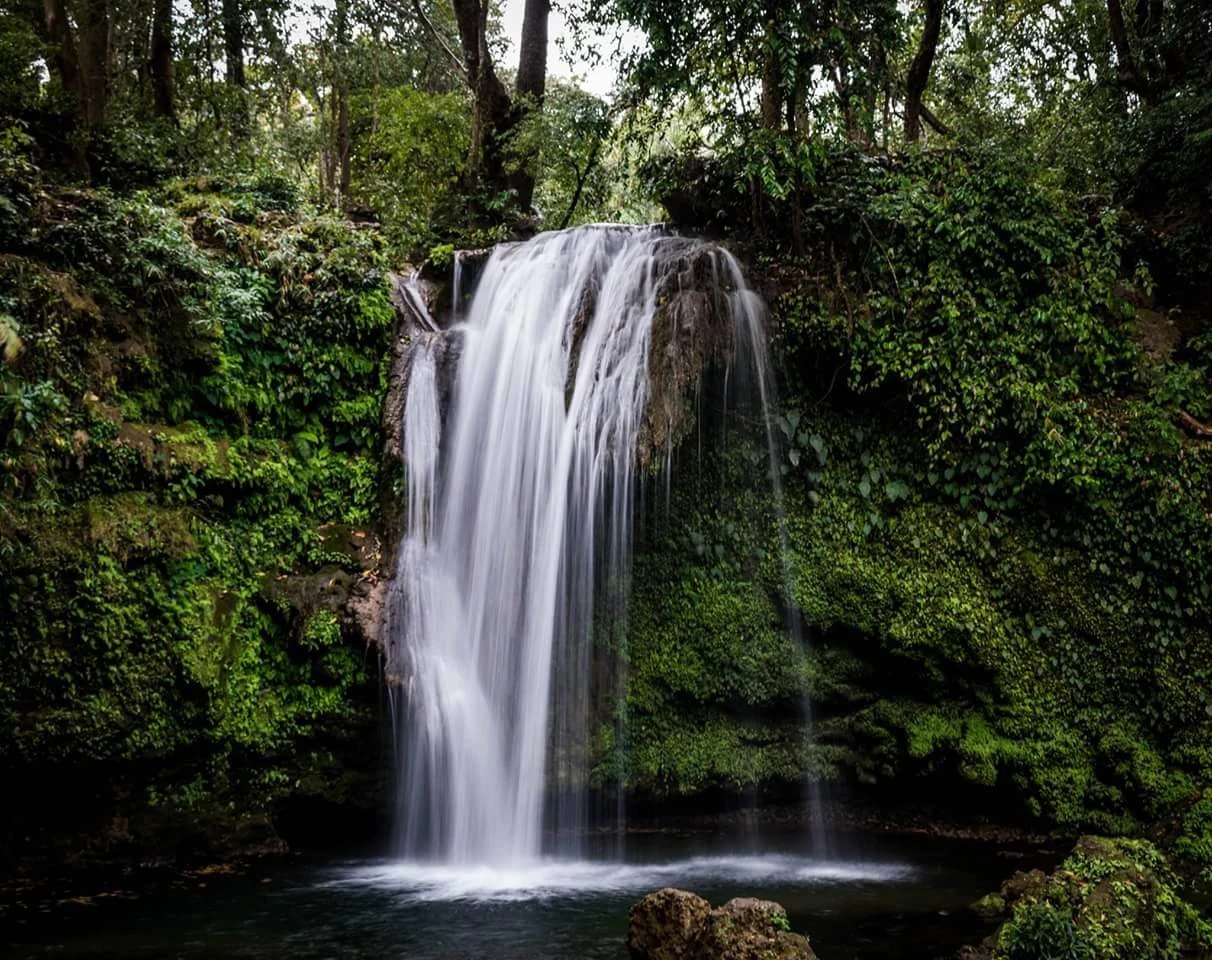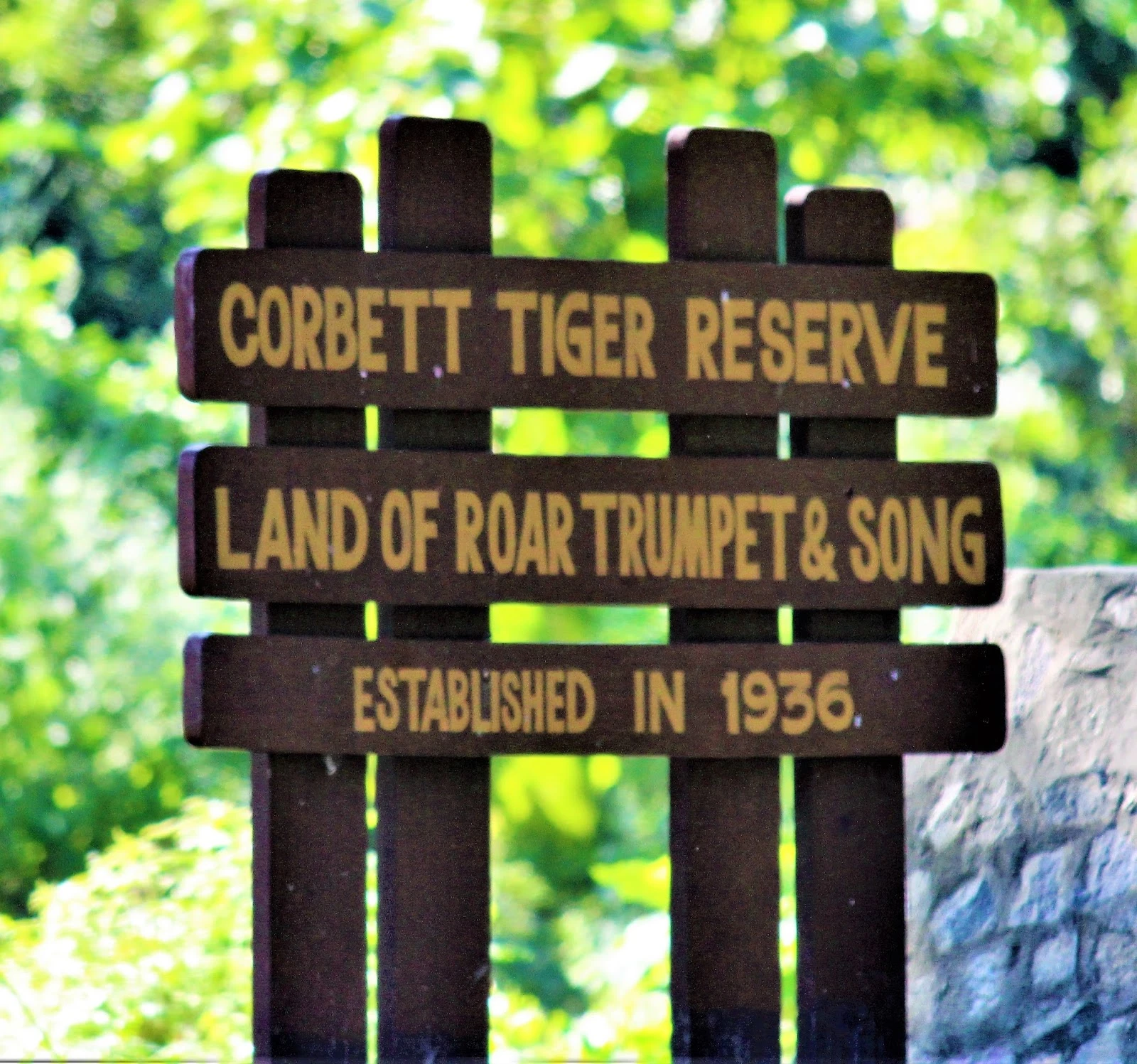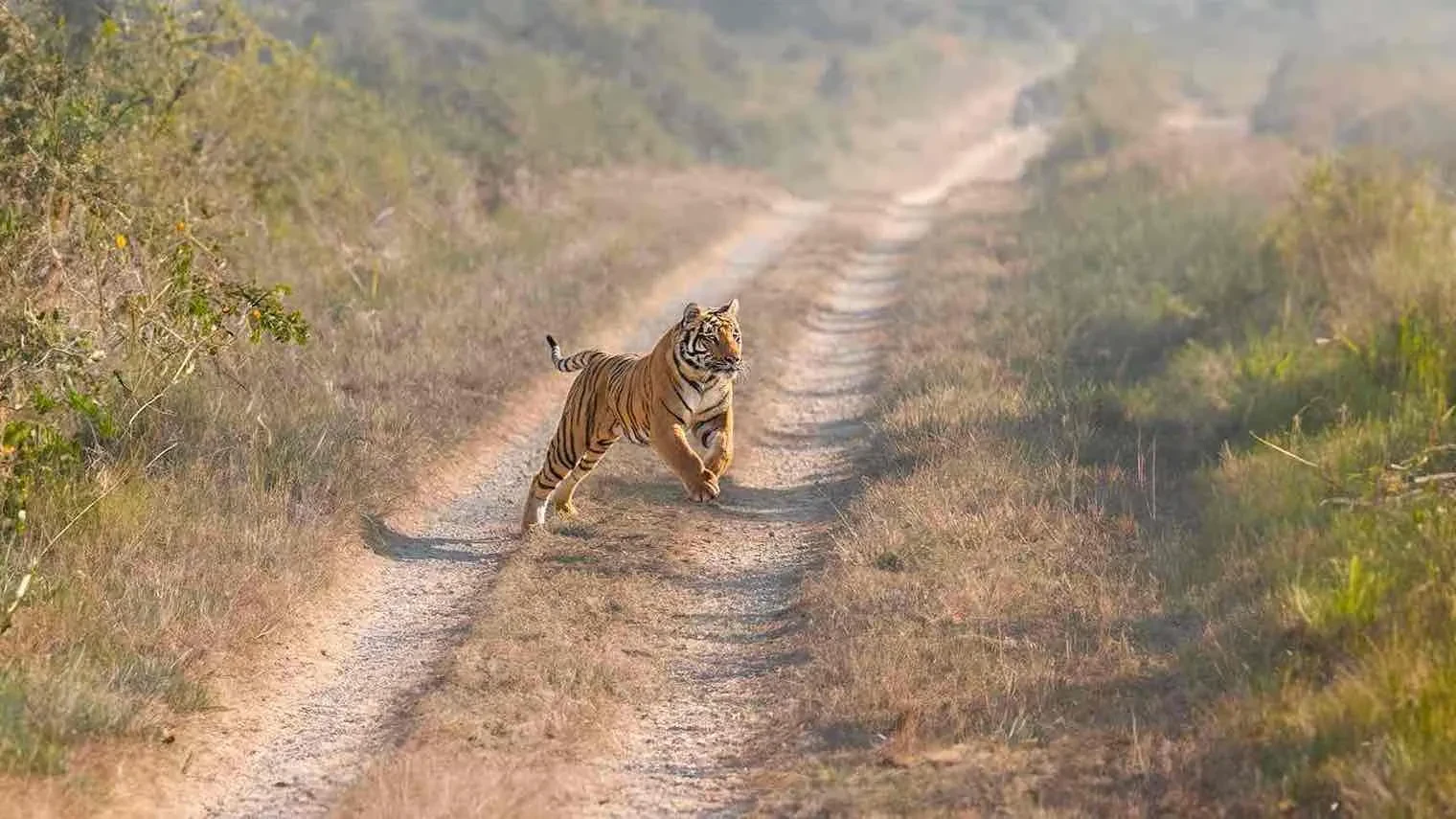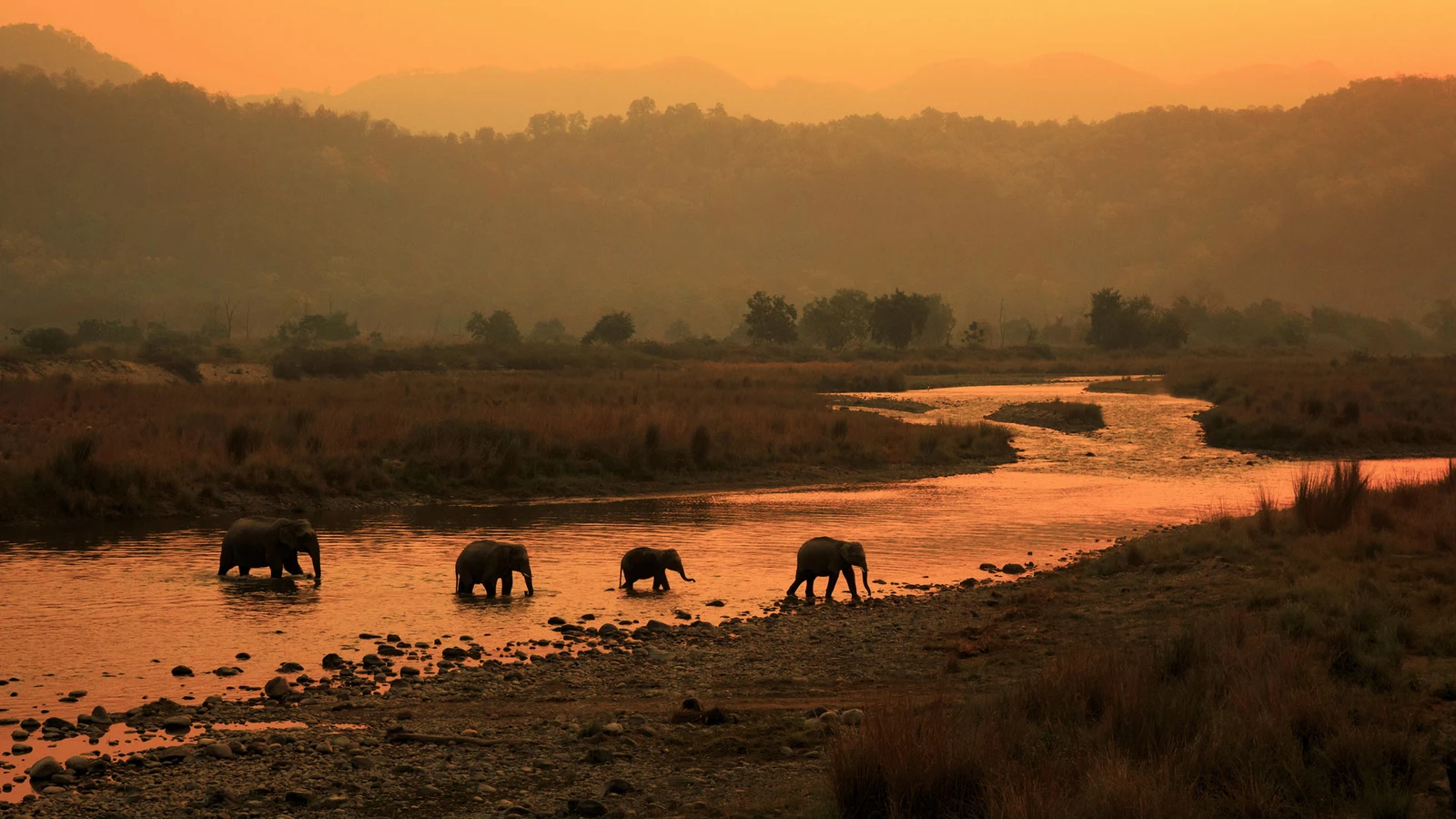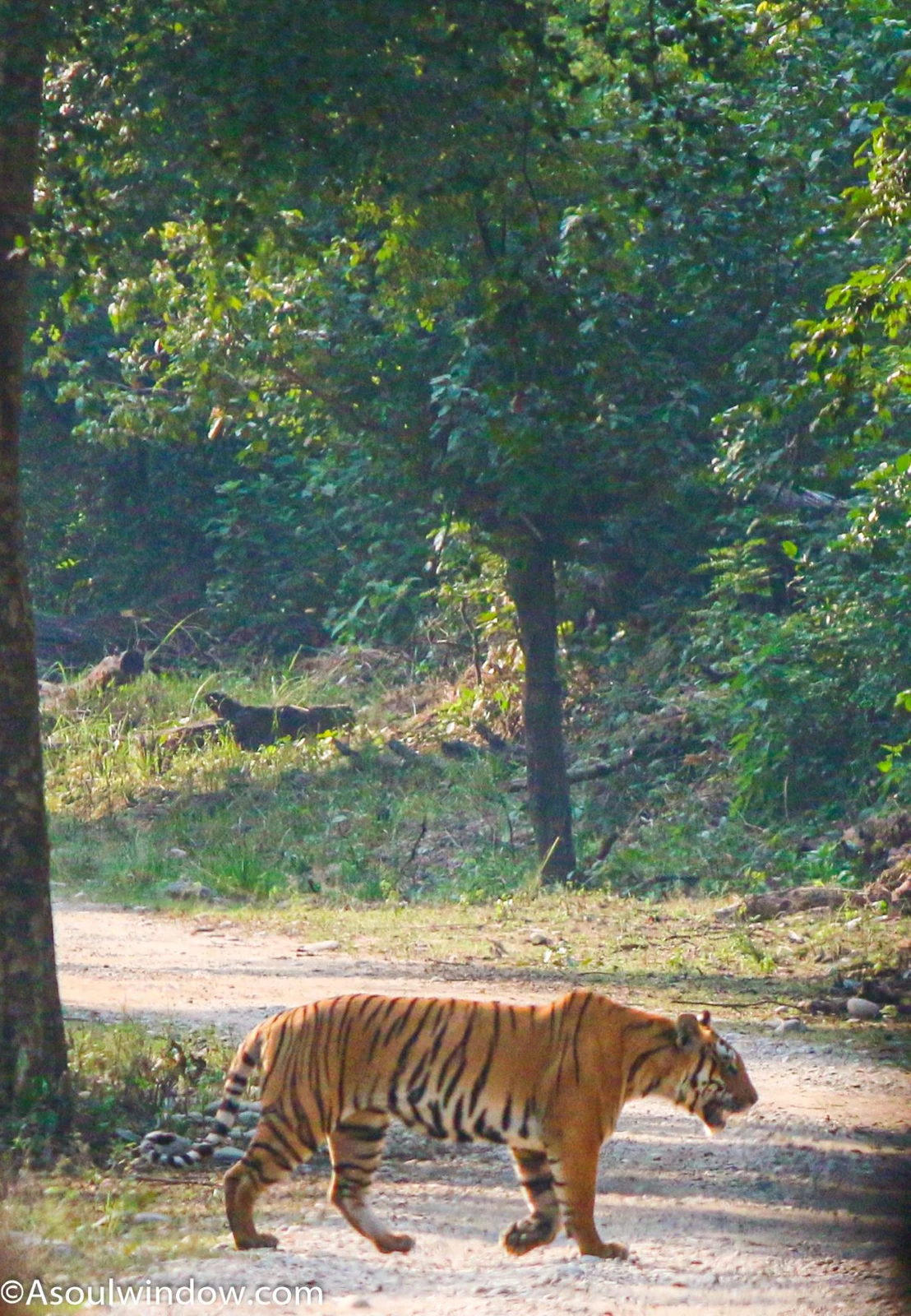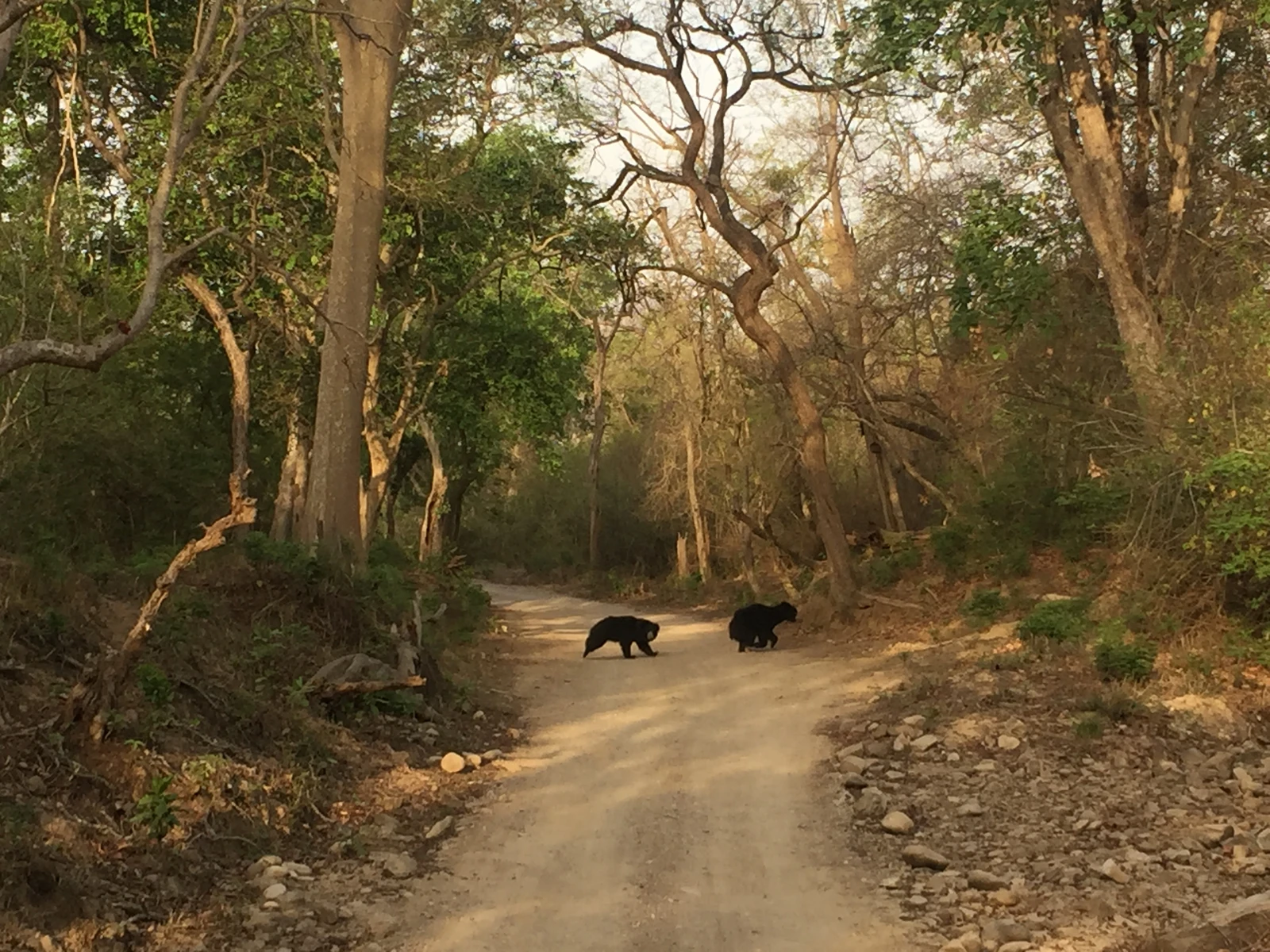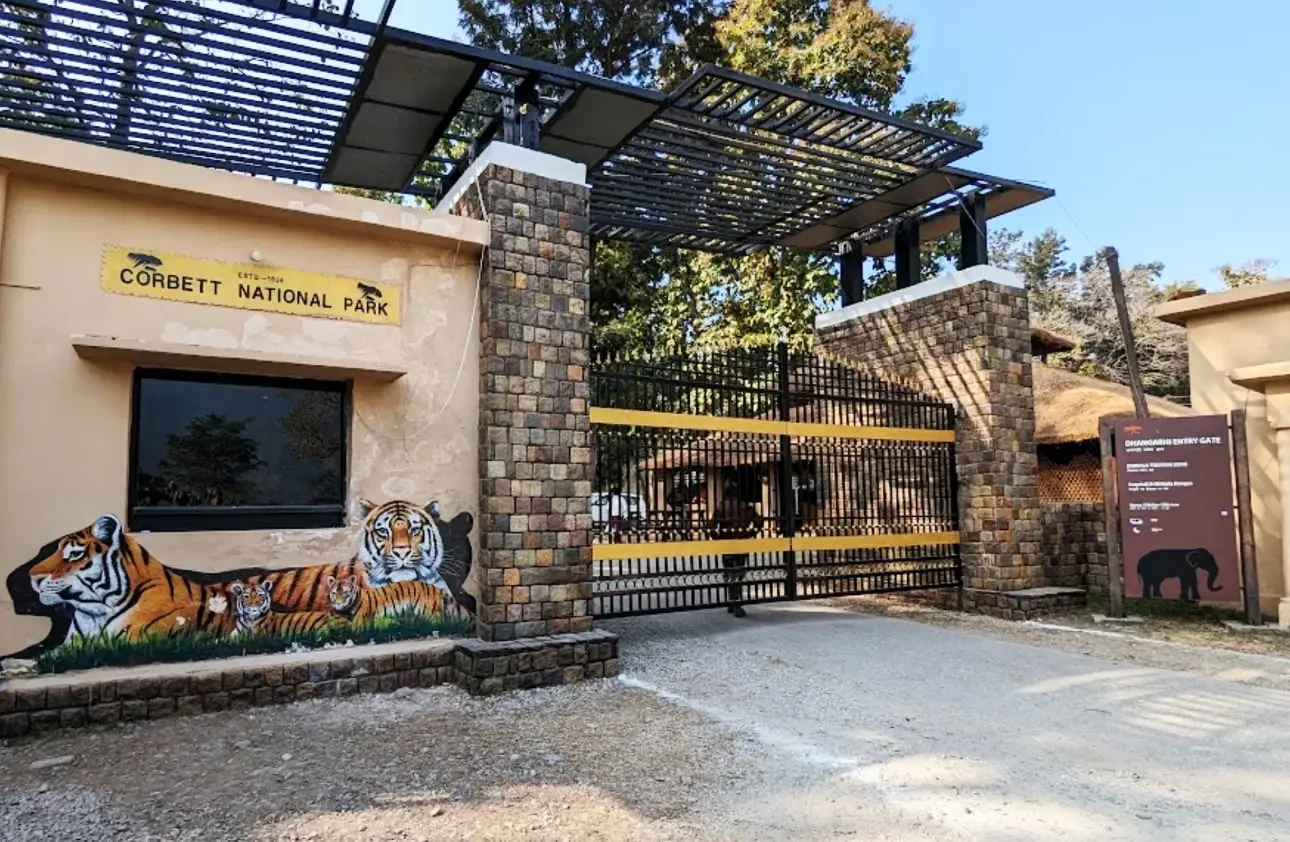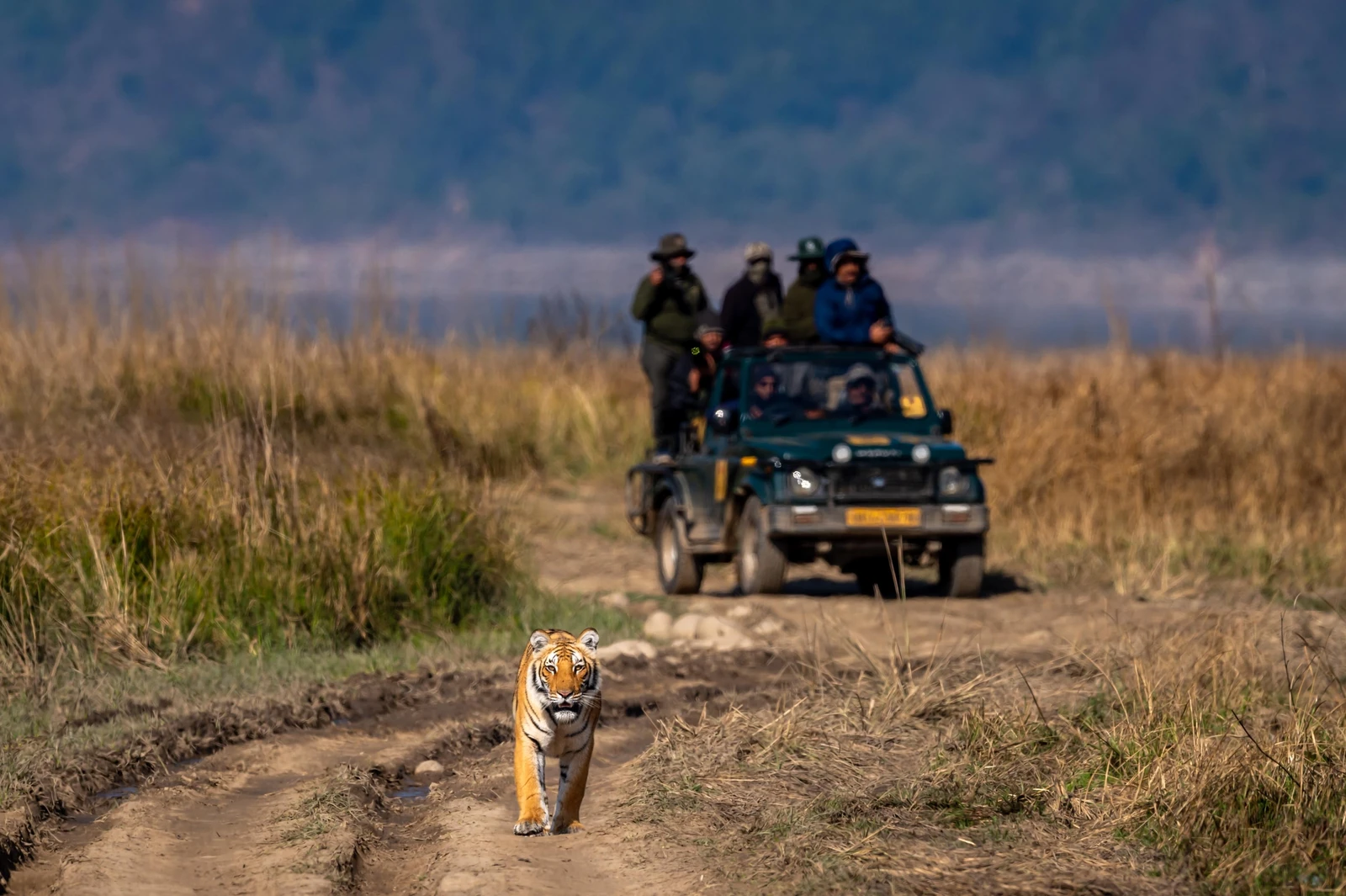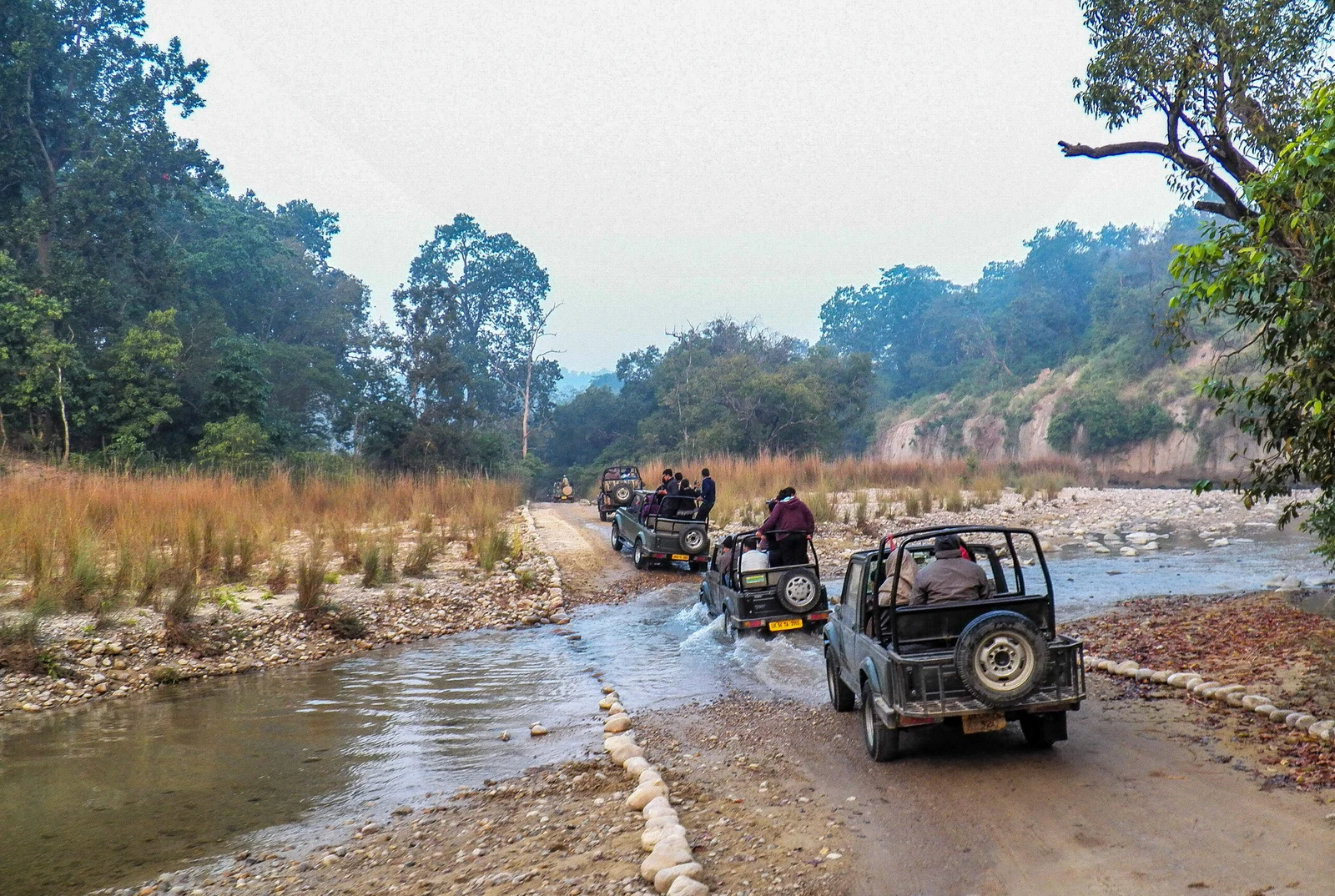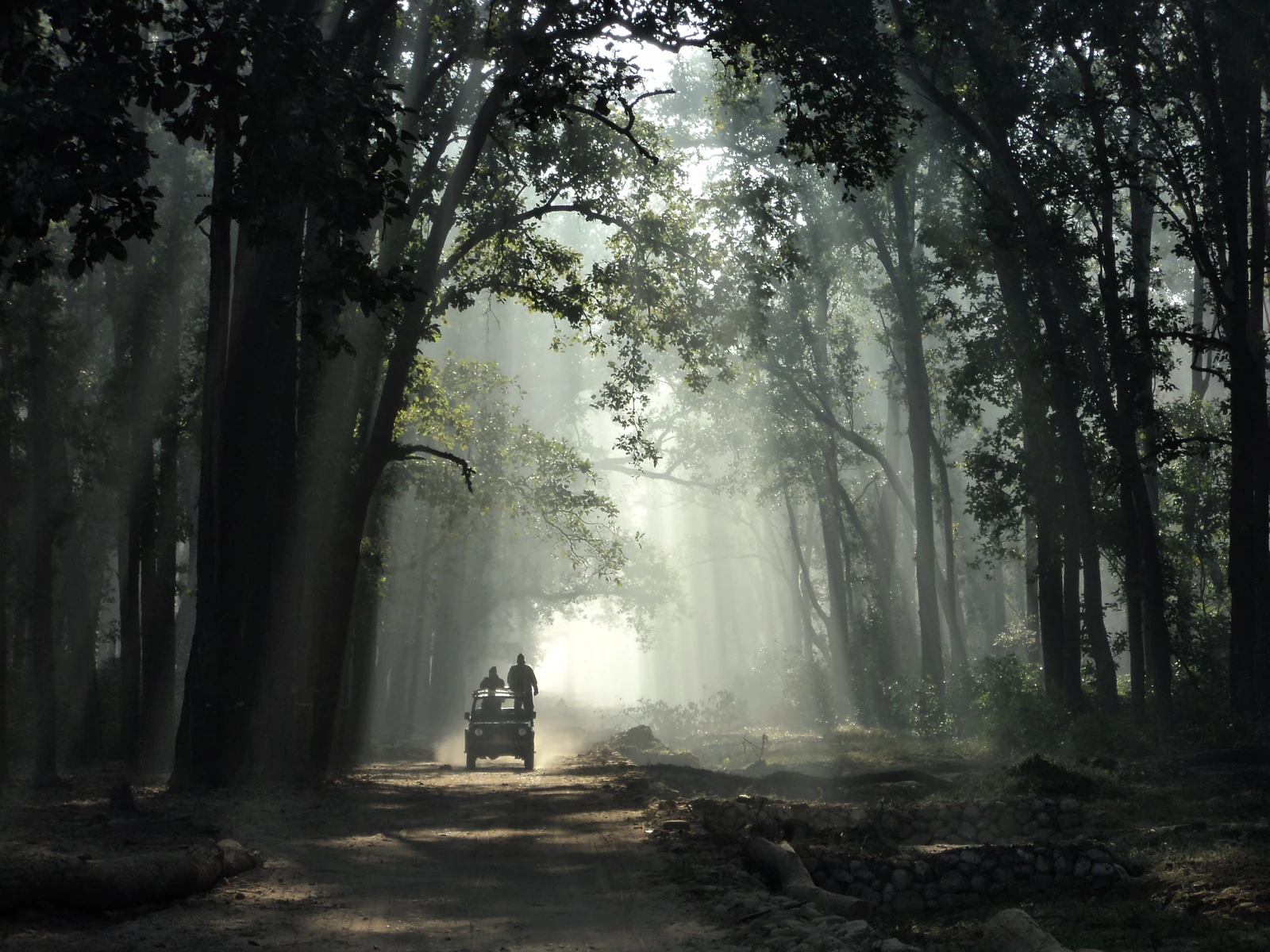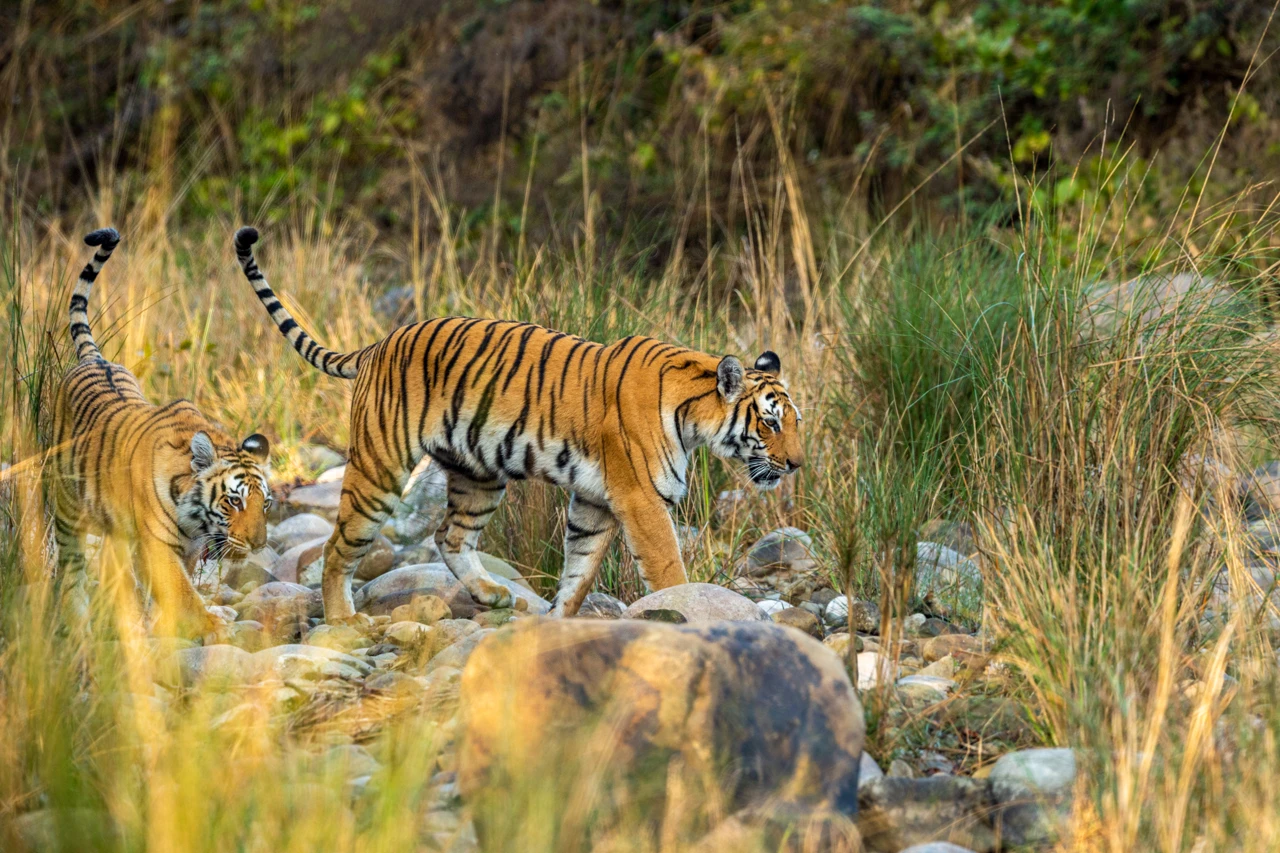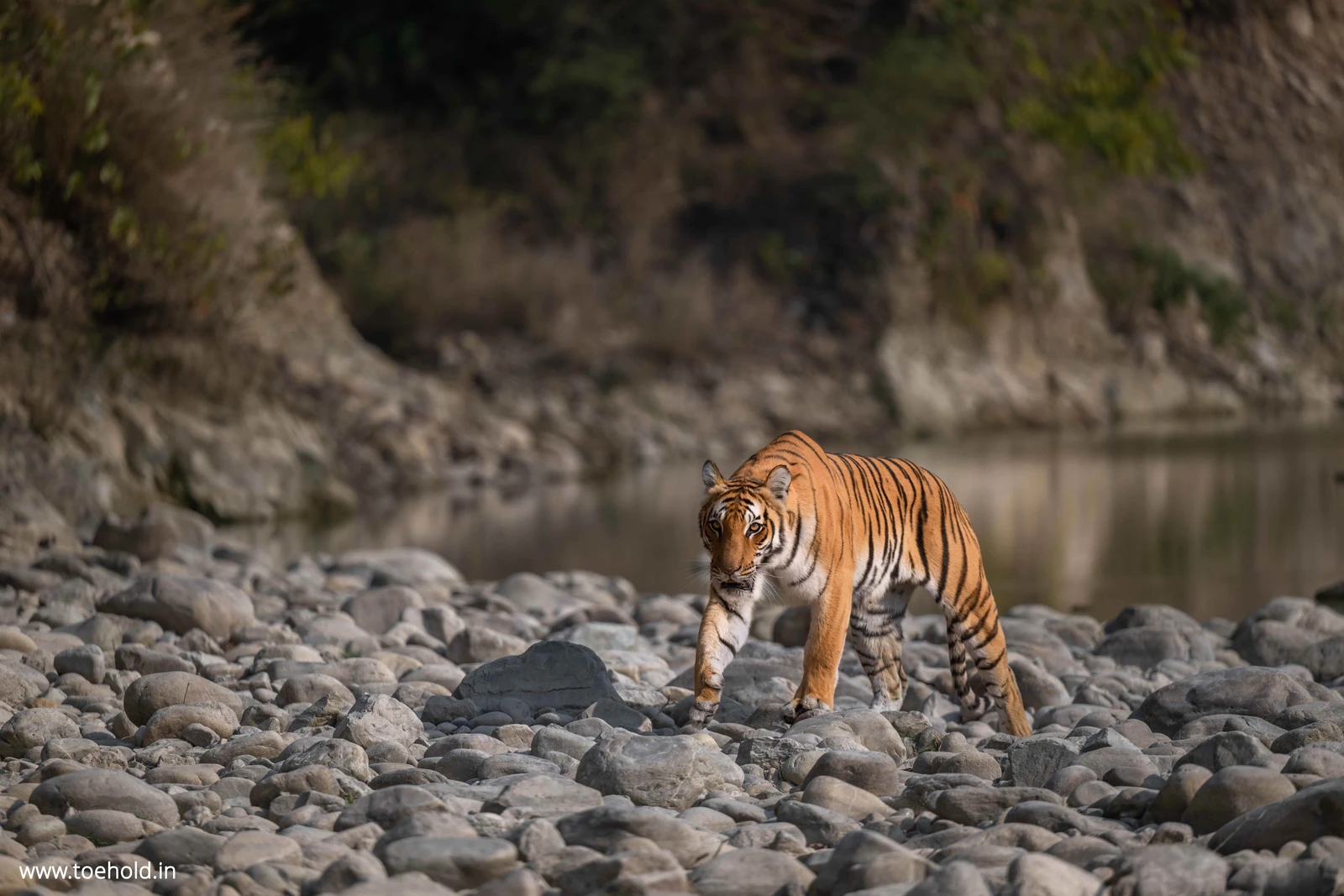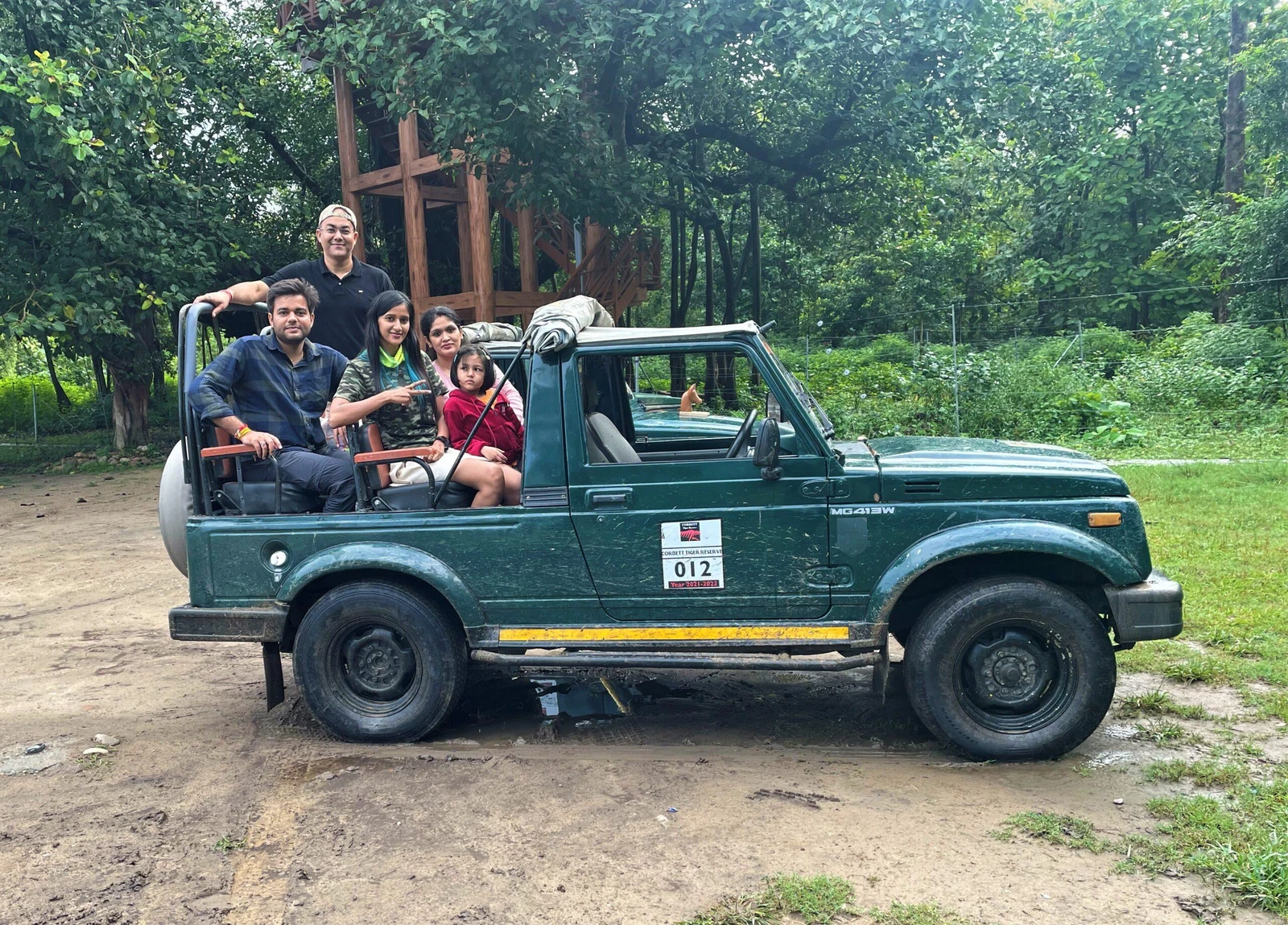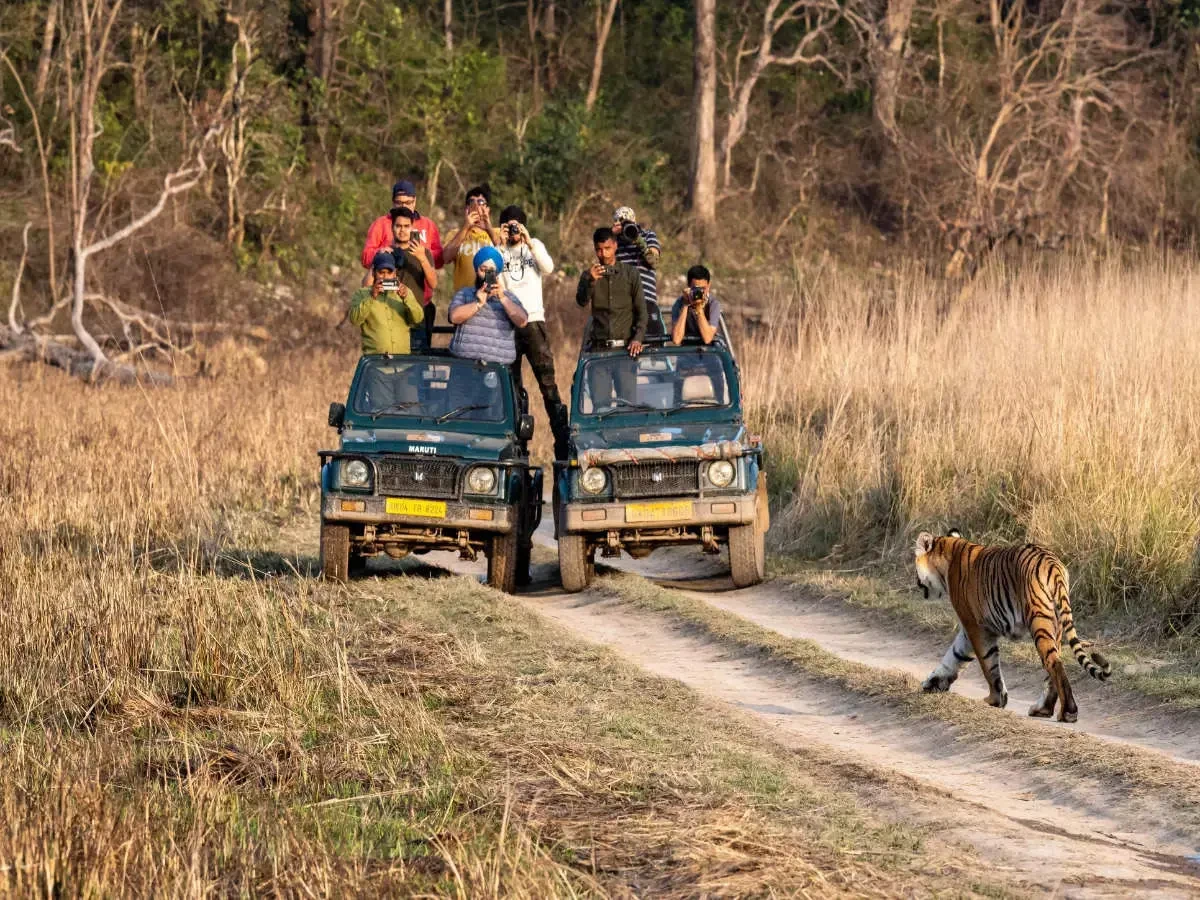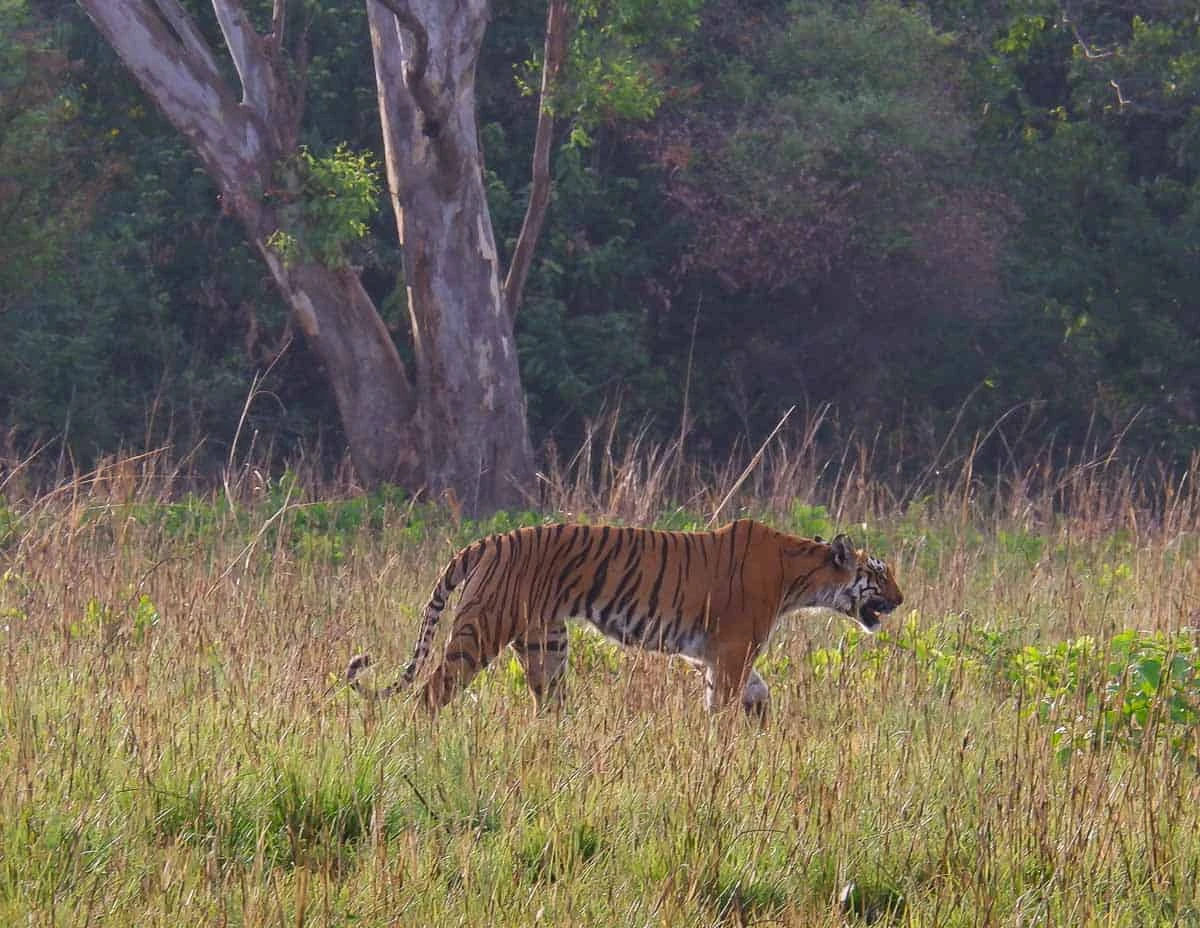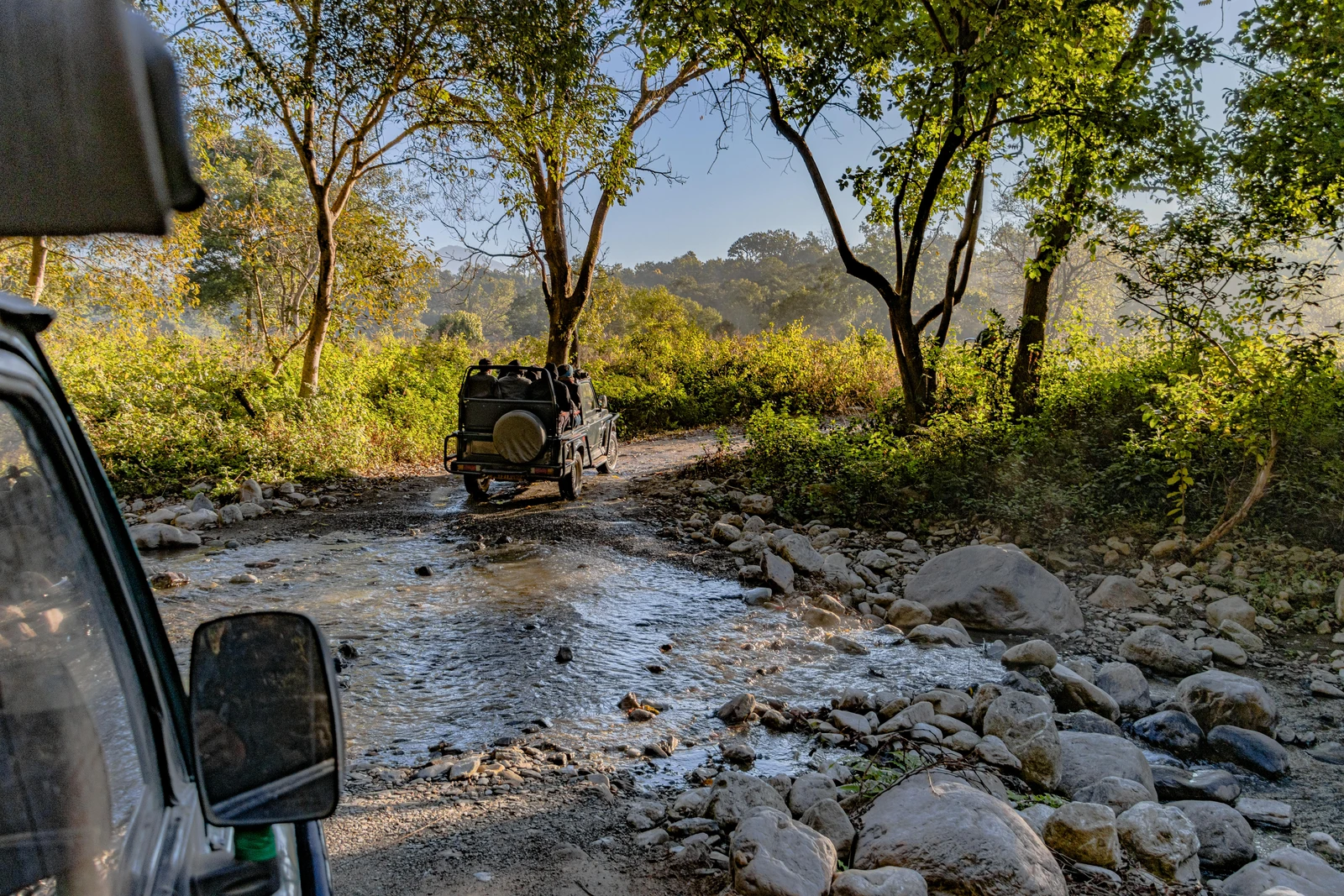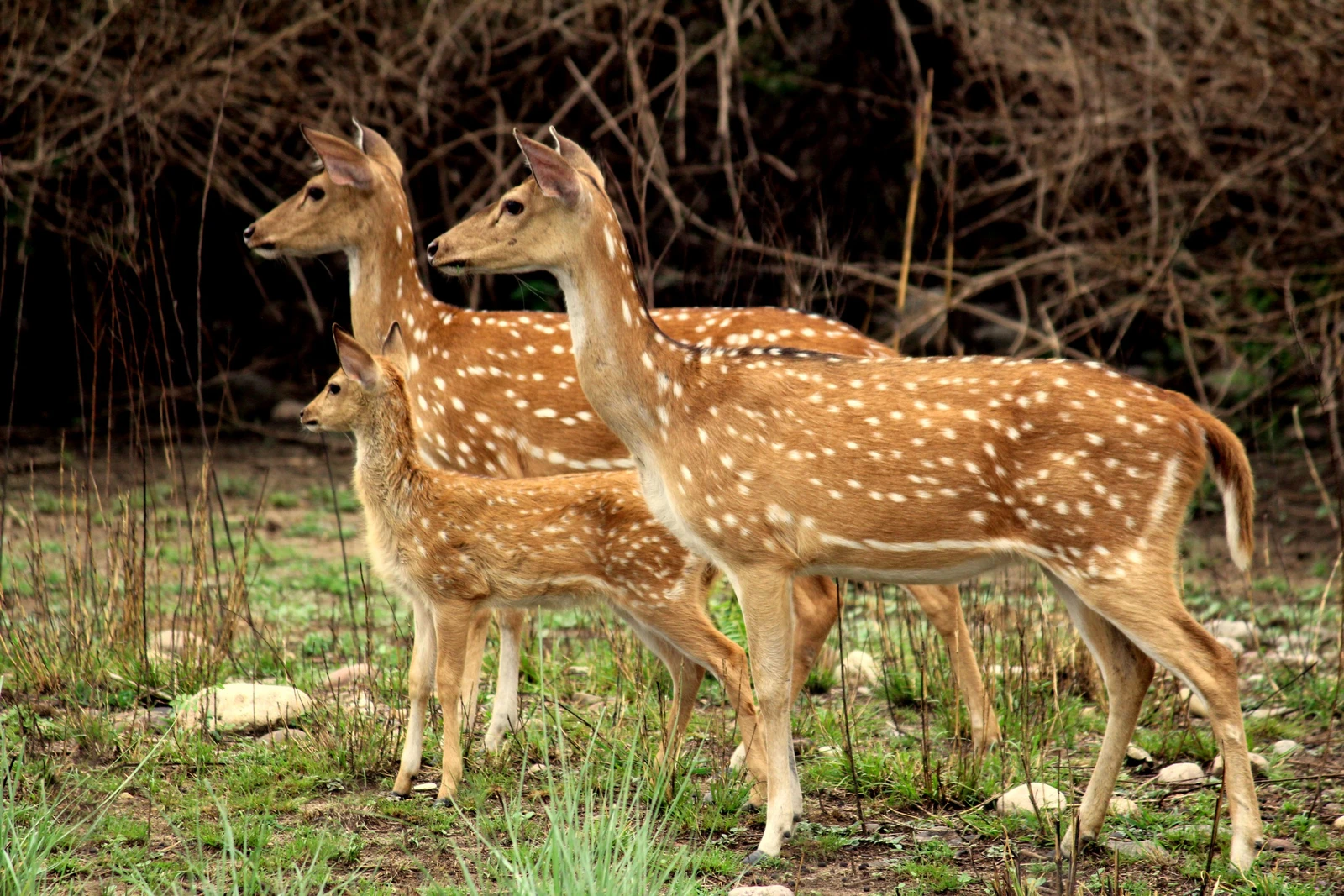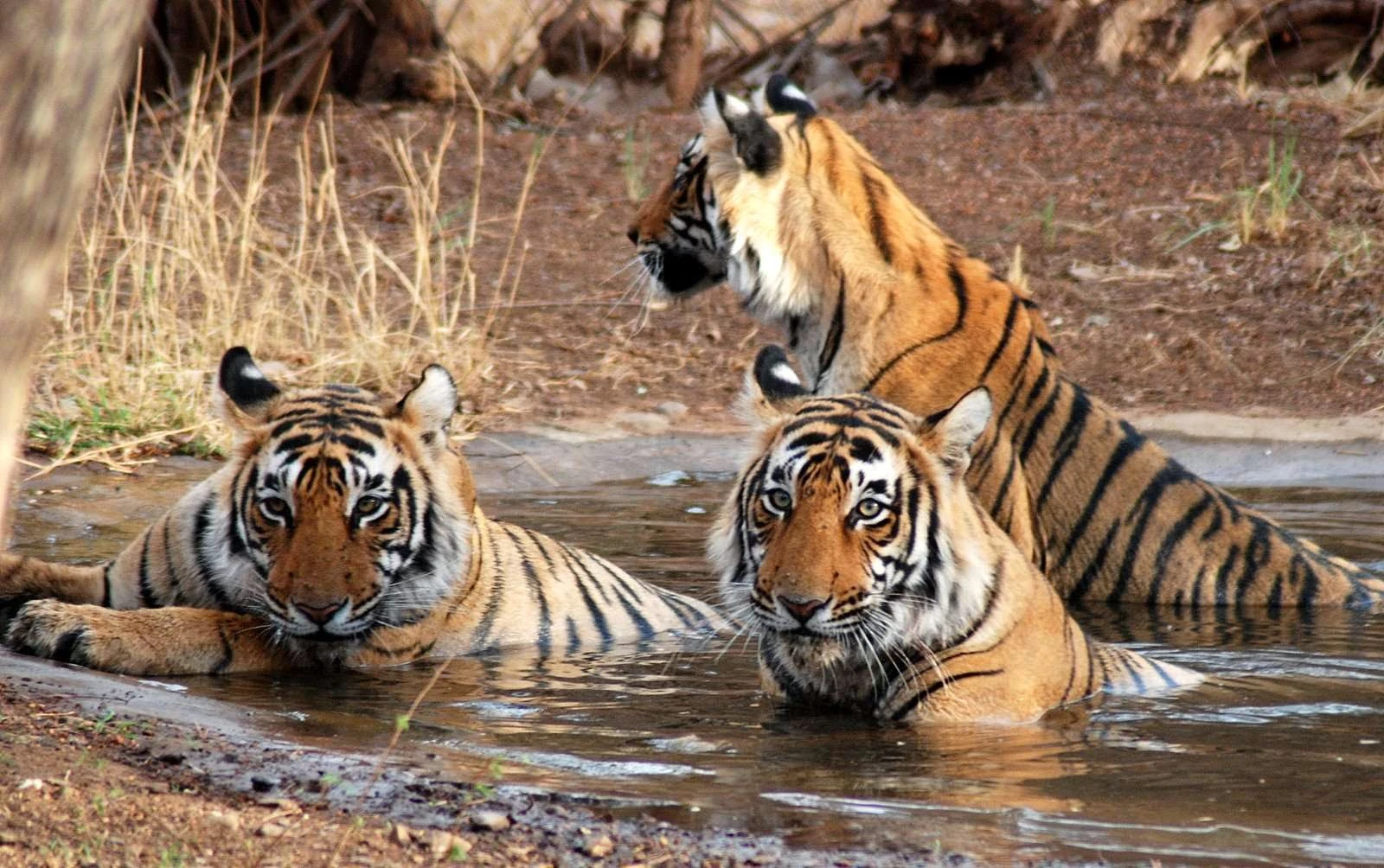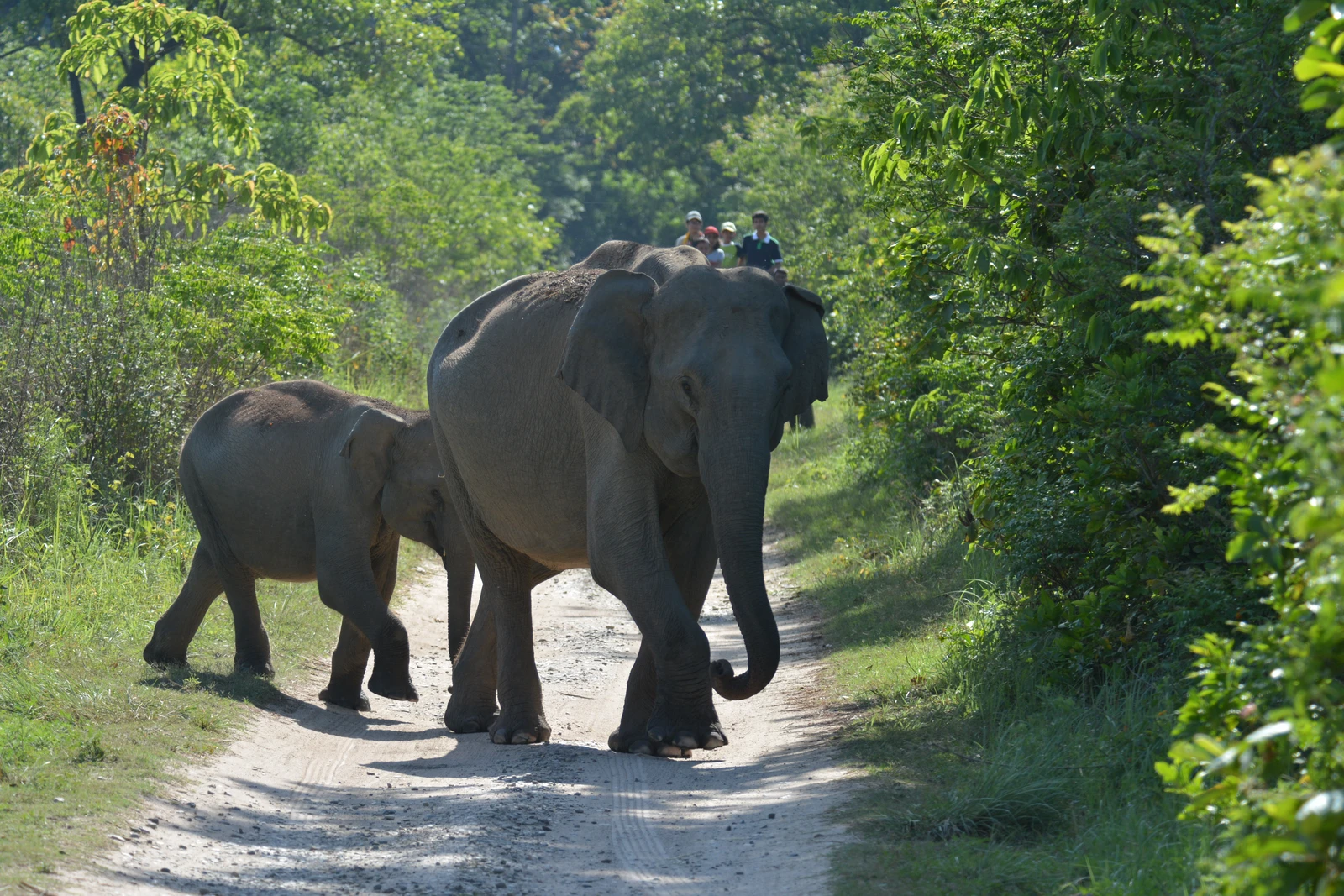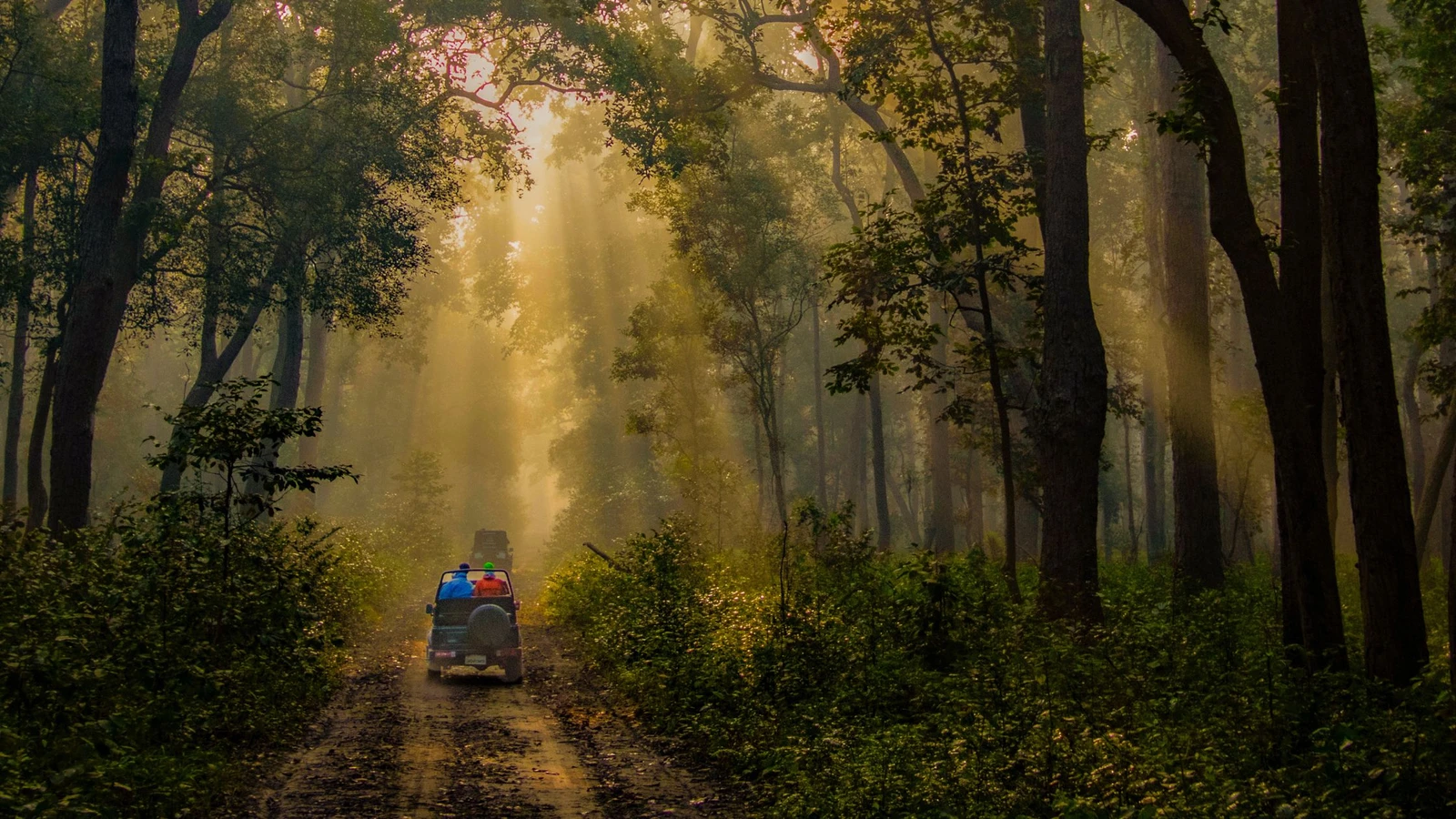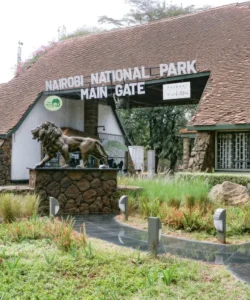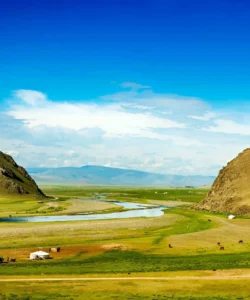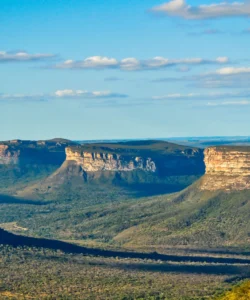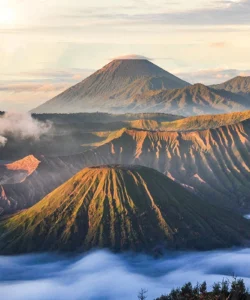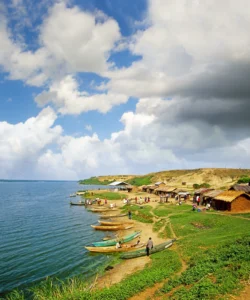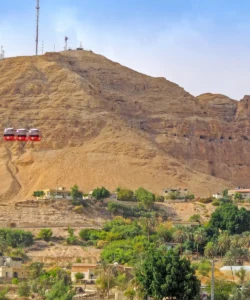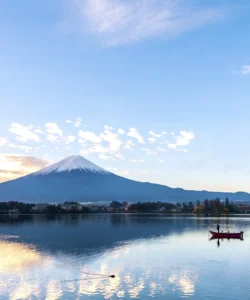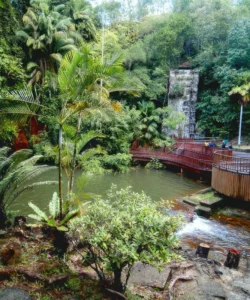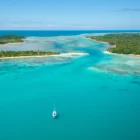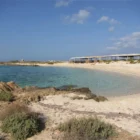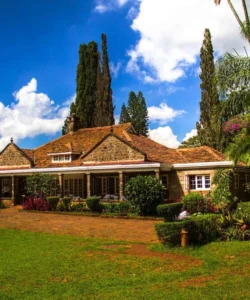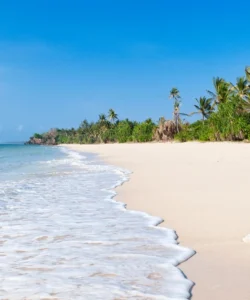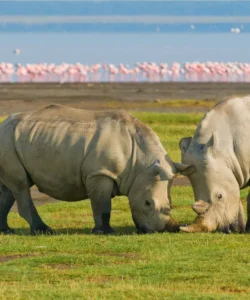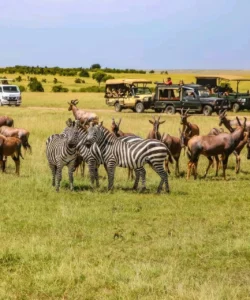Jim Corbett National Park is a pioneering wildlife sanctuary in northern India, renowned for its tiger conservation efforts and diverse sub-Himalayan landscapes. It holds significant historical importance as India’s first national park and the birthplace of Project Tiger.

Name: Jim Corbett National Park (formerly Hailey National Park, then Ramganga National Park)
Address: The park is located in the Nainital district of Uttarakhand state, India. The nearest major town and primary gateway is Ramnagar.
How to Get There:
Jim Corbett National Park is well-connected and accessible, especially from Delhi and other North Indian cities.
- By Air:
- Pantnagar Airport (PGH): This domestic airport is the closest, about 86 km (53 miles) away from Ramnagar. It has limited connectivity, mainly to Delhi. From Pantnagar, you can hire a taxi.
- Indira Gandhi International Airport (DEL) in Delhi: This is the most common international gateway, approximately 233 km (145 miles) away. From Delhi, you can take a train, bus, or taxi to Ramnagar.
- By Train:
- Ramnagar Railway Station: This is the nearest railway station to the park, just about 1 km from the park’s entrance (and 12 km from the main safari zones). It is well-connected to major cities like Delhi (e.g., direct trains like Ranikhet Express).
- By Road:
- Jim Corbett is well-connected by a network of roads. From Delhi, the drive to Ramnagar is about 245 km (approx. 6 hours). You can drive your own vehicle, hire a taxi, or take a direct bus from Delhi, Nainital, or other nearby towns to Ramnagar.
- Within the Park:
- Jeep Safari: The most popular way to explore the park’s various zones. These are conducted by authorized jeeps with guides.
- Canter Safari: Available for the Dhikala zone, offering a larger group safari experience.
- Elephant Safari: Offers a unique elevated perspective (availability may vary due to animal welfare considerations).
- Zones and Access: The park is divided into several tourism zones (e.g., Dhikala, Bijrani, Jhirna, Dhela, Durgadevi, Sitabani, Phato), each with its own entry gate and specific visiting seasons and rules. Dhikala and Bijrani are particularly popular for tiger sightings.
- Permits: Safari permits must be booked in advance, often online, and are limited.
Landscape and Architecture:
Jim Corbett National Park boasts a diverse and captivating landscape, characterized by its sub-Himalayan belt geographical and ecological features. Its “architecture” is primarily natural, with minimal human-made structures, emphasizing the raw wilderness.
- Foothills of the Himalaya: The park is nestled in the foothills of the Himalaya, offering a backdrop of majestic hills and valleys. Its northern area is marked by the Lesser Himalayan chain, while the major portion falls in the outer Himalayan or Siwalik region.
- Dense Forests: Over 70% of the park is covered by dense moist deciduous forests, primarily dominated by Sal trees (Shorea robusta), along with other species like haldu, peepal, rohini, mango, bamboo, khair, and sissoo. These forests create a serene and verdant atmosphere.
- Riverine Belts: Several perennial rivers flow through the park, including the Ramganga, Kosi, and Sonanadi. These rivers carve their way through the landscape, creating picturesque riverine belts, marshy depressions, and providing vital water sources for the diverse wildlife. The Ramganga Reservoir is a significant water body.
- Grasslands (Chaurs): Approximately 10% of the park consists of open grasslands, locally known as “chaurs.” These vast expanses are crucial grazing grounds for herbivores, offering open vistas and golden hues, especially during drier seasons.
- Hills and Ravines: The elevation ranges from 360 meters (1,180 ft) to 1,040 meters (3,410 ft), creating numerous ravines, ridges, and small plateaus with varying slopes. The Kanda ridge forms a prominent backdrop to the Dhikala zone.
- Patli Dun Valley: The park encompasses the Patli Dun valley, formed by the Ramganga River, offering spectacular natural beauty, particularly visible from the Dhikala zone.
- Corbett Falls: A picturesque 20-meter (66 ft) waterfall located outside the main safari zones but near the park, surrounded by dense forests.
- Garjiya Devi Temple: A sacred temple dedicated to Garjiya Devi, located on the banks of the Kosi River near the park, amidst hilly terrains.
- Forest Lodges/Rest Houses: For those opting for an immersive experience, the park has a few colonial-era forest lodges and rest houses within the core zones (e.g., Dhikala Forest Lodge, Gairal Forest Lodge), offering basic but authentic jungle accommodation.
What Makes It Famous:
- India’s First National Park: Established in 1936 as Hailey National Park, Jim Corbett National Park holds the distinction of being India’s oldest national park, a pioneering effort in wildlife conservation in the country.
- Birthplace of Project Tiger: In 1973, it was chosen as the location for launching Project Tiger, India’s ambitious and highly successful wildlife conservation program aimed at protecting Bengal tigers and their habitats. This makes Corbett synonymous with tiger conservation.
- Tiger Sightings: It is one of the premier destinations in India for observing Bengal tigers in their natural habitat. While sightings are never guaranteed, Corbett offers a good chance, especially in zones like Dhikala and Bijrani.
- Rich Biodiversity: Beyond tigers, the park boasts immense biodiversity, with over 600 species of birds (making it a birdwatcher’s paradise), 50 species of mammals (including elephants, leopards, sloth bears, various deer species), and a significant reptilian population (gharials, crocodiles).
- Diverse Landscapes: The harmonious blend of dense forests, riverine belts, grasslands, hills, and ravines creates a visually stunning and ecologically diverse environment.
- Conservation Legacy of Jim Corbett: The park is named after Edward James Corbett, a legendary British hunter-turned-conservationist and author (famous for “Man-Eaters of Kumaon”), who played a crucial role in its establishment and in raising awareness about wildlife protection.
- Ecotourism Destination: It attracts thousands of nature enthusiasts, wildlife photographers, and adventure seekers from around the globe, promoting sustainable tourism practices.
Differences from Some Other Wonders:
- Pioneering Tiger Reserve: While other parks in India and beyond have tigers (e.g., Ranthambore, Tadoba, Bandhavgarh, or even Taman Negara in Malaysia), Jim Corbett stands out for being the first national park in India and the launching pad for Project Tiger, making its historical role in tiger conservation unique.
- Sub-Himalayan Foothills Ecosystem: Its location in the sub-Himalayan belt (Shivalik Hills and Lesser Himalaya) gives it a distinct landscape and ecosystem compared to plains-based tiger reserves (like Ranthambore) or other mountainous regions (like the high Himalaya). This specific blend of hills, riverine areas, and dense deciduous forests is characteristic.
- Absence of “Big Five” (African Context): Unlike African safari parks (e.g., Kruger, Serengeti) famous for the “Big Five” (lion, leopard, elephant, rhino, buffalo), Corbett’s focus is on the Indian wildlife, with the Bengal Tiger as its undisputed star. While it has leopards and elephants, it lacks rhinos, hippos (in the same context as African parks), or African buffalo.
- Specific Safari Zones with Seasonal Access: The park’s division into multiple, distinct safari zones, each with its own entry gate and specific seasonal closures (e.g., Dhikala and Bijrani closing during monsoon), is a highly organized system that influences visitor planning.
- Riverine Focus with Large Reservoir: The prominent role of the Ramganga River and its large reservoir (Ramganga Reservoir) as a lifeline for the park’s ecosystem and a point of animal congregation, including aquatic species like gharials, is a distinct feature.
- Literary Connection: Its strong association with the writings of Jim Corbett himself, who documented his experiences with man-eaters and his eventual transition to conservation, gives it a unique literary and biographical dimension not found in many other wildlife parks.
